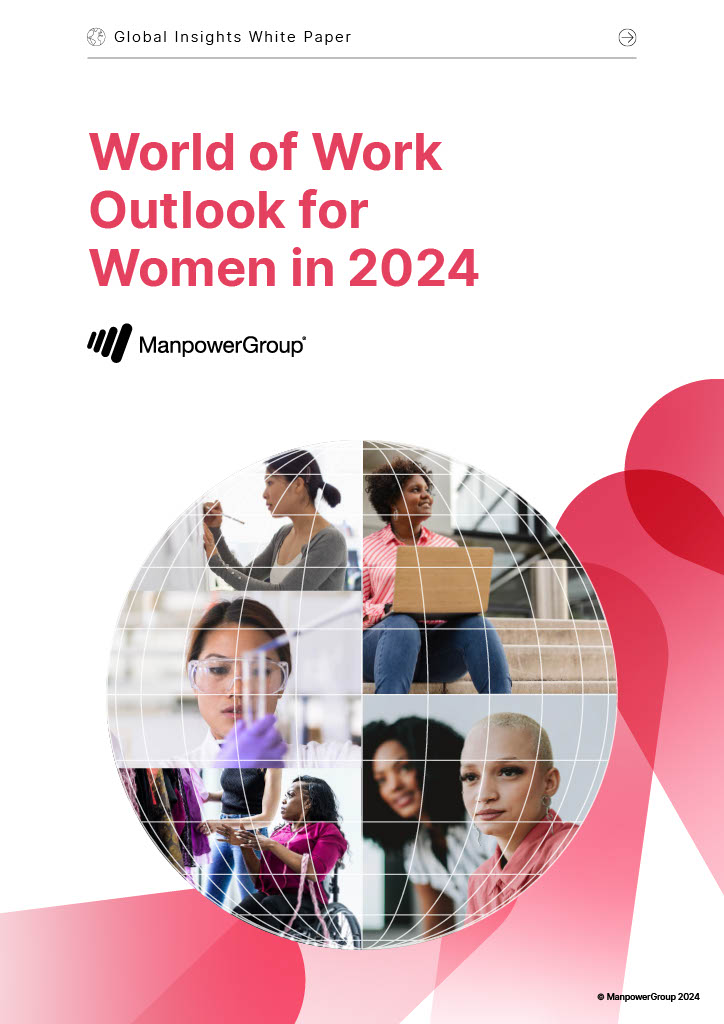Forum Director of Research Noreen Sugrue provides regular updates on the implications of the latest COVID-19 health data. This week, she examines all of the barriers to vaccination that have resulted in a “vaccine gap” for Latinos and explains why the distribution systems, and not the individuals, are responsible.
By Noreen Sugrue, Director of Research
In Illinois, Latinos are the racial/ethnic group with the highest rates of infection and the lowest rates of vaccination. Yet state and national data show that more than 70 percent of Latinos want to receive the vaccine. Understanding and explaining this deeply concerning disparity has become the COVID topic du jour.
Cumulative Rates (per 100,000) of COVID Cases, All Doses of Vaccines Administered, and Full Dosages of Vaccinations by Race/Ethnicity, The State of Illinois, February 21, 2021
Some theories seem to blame the victims: that it is because Latinos are hesitant to get vaccinated, or because their communities are hard to reach. These short-sighted conclusions place the burden of responsibility on the individuals who need the vaccine, rather than the inequitable distribution systems. They imply that Latinos do not want it enough or are not working hard enough to get it.

The premise that a vaccine being available means that it is equally available to everyone is simply wrong. When we consider, for example, factors like the ease of making vaccine appointments that do not conflict with work schedules, or the geographic locations of vaccine sites, it is much easier to see why that is. In other words, when we closely examine how people actually live, we get a much sharper picture than just a snapshot that frames the victims. We get a vivid image of systemic racism and discrimination at work, undercutting the ability of those most in need of the vaccine to secure one.
The vaccine rollout has certainly not been easy. It is overly dependent on access to a computer and stable internet, it is time consuming, and it requires a certain level of computer sophistication. Many Latinos suffer from the “digital divide”: they do not have reliable internet service or a computer, two necessary conditions for securing a vaccine appointment. Many sites are poorly translated into Spanish, if they are at all, and they ask several questions, which can scare off some Latinos who are fearful of immigration laws and hesitant to divulge personal information.
Many Latinos also lack the flexible time required to navigate the sites and snag those rare appointments, and the available appointment times do not always line up with the times that they are able to show up. If they choose the appointment over going to work, they may lose out on desperately needed income.
We should not blame these victims by pointing to cultural hesitancy, inability to make appointments, or any other explanation that places the responsibility on the individuals’ shoulders. Rather, we must offer access and opportunities to Latinos to secure the vaccine with minimal disturbance to the times they are working or caretaking. Moreover, we must offer linguistically and culturally appropriate access to appointments. Nobody should be required to have a computer and internet access to secure a vaccine that will save their life.
This is a challenge, but far from an impossible one. It is incumbent on state, county, and local officials to ensure that vaccine appointments and sites are easily accessible to all.








